Greek islands
By the number of islands Greece is unique in Europe. According to official data, there are 6000 islands on the territory of Greece, of which only 227 are inhabited. The Greek Archipelago takes up 7.500km of the country’s total 16,000km coastline.
Most of the islands are found in the Aegean Sea and are divided into seven groups.
Cyclades are the most famous island group in the Aegean Sea and comprises some of the most beautiful islands in the world. This archipelago comprise about 220 islands, of which about 40 are inhabited. They are located in the central part of the Aegean Sea, near Athens. The name “Cyclades” comes from Greek word kiklos, which means circle, refers to the islands forming a circle (the name in English means: “circular islands”). According to the Greek mythology, Poseidon, God of the sea, furious at the Cyclades nymphs turned them into islands. The most famous islands of this group are Mykonos and Santorini, and little less known are Antiparos, Milos, Naxos and Paros.
Gorgeous sandy beaches, architecture in white and blue, traditional lifestyle, folk music, warm, hospitable people and barren landscapes with isolated chapels turn a trip to the Cyclades into a lifetime experience.
| Andros | Milos | Sifnos | Kea | Serifos |
| Delos | Mikonos | SikinosIos | Kitnos | Folegandros |
| Naksos | Siros | Amorgos | Kimolos | Paros |
| Tinos | Jaros | Santorini |
Argo-Saronic islands
The Argo-Saronic islands are located right next to Athens and Piraeus. This complex consists of seven small islands: Agistri, Aegina, Methana, Poros, Salamina, Spetses, Hydra. Traveling by ferry to the nearest islands of this group takes only 10 minutes.
| Hidra | Egina | Kitira | Poros | Salamina |
| Angistri | Metana |
Dodecanese
Dodecanese is a complex of 12 large islands (at Greek dodeka = 12) and numerous smaller ones with crystal clear water, sandy or pebbly beaches, important archaeological findes, imposing Byzantine and medieval monuments and unique traditional settlements. The total number of islands in this complex is about 150, of which about 80% is uninhabited. This complex is located in the southeast of Aegean, towards the Turkish coast, which is also the sunniest corner in Greece. Transport by ferry to these islands is not very frequent, so travel can take a long time, but there is a well-organized air transport thanks to whom the journey becomes pleasant. The most famous islands of this group are Rhodes, Kos and Patmos, and the rest are Astypalia, Kalymnos, Karpathos, Kasos, Kastellorizo, Leipsoi, Leros, Nisyros, Symi, Tilos.
| Rodos | Kos | Patmos | Astipalia | Kalimnos |
| Karpatos | Kasos | Kastelorizo | Lipsi | Leros |
| Nisros | Simi | Tilos | Arki | Telendos |
Sporades
In the northern part of the Aegean, there is another small complex of 24 islands called Sporades. Of this number, only four islands are inhabited: Skiathos, Skopelos, Alonnisos and Skyros.
Dense vegetation, rocky landscapes and clear blue sea make this complex a unique destination. Everybody can find something for themselves here. For lovers of nature there is the famous Koukounaries forest and Lake Strofilia. For religious tourism lovers there is Evangelistria Monastery and the church of St. Charalambos, Sv. Apostolos and Sv. Demetrios. Did you know that the island of Alonissos is home to the Mediterranean Monk Seal (monachus monachus), one of the biggest seal species? Looking for a peaceful island to enjoy your family holidays? Skopelos is your destination! Here you can taste the famous cheese-pie. If you are a movie “*Mamma Mia*” fan, there is the amazing “Saint Ioannis Chapel” on the rocks where the wedding ceremony took place.
| Skiahos | Skopelos | Skiros | Alonisos |
Northeastern Aegean Islands
In the northeastern Aegean Sea there are several islands that do not belong to Cyclades or Dodecanese, but they are individually islands of the Northern Aegean. These are: Agios Efstratios, Thasos, Ikaria, Lesbos, Limnos, Inouses, Samos, Samothrace, Chios and Psara.
| Samos | Hios | Lesvos | Limnos | Tasos |
| Samotraki | Ikaria | Psara | Furni | Cimena |
Ionian Islands
In the Ionian Sea there is only one group of islands known also by the name Eftanis (in Greek efta - seven). As the name suggests, this complex consists of seven large islands: Zakynthos, Ithaca, Corfu, Kefalonia, Lefkada, Paxi and Kythira (located opposite of the southern Peloponnese, and the coast of Laconia). There are 37 smaller islands, of which we are going to mention: Antipaxi, Ereikoussa, Kalamos, Kastos, Mathraki, Meganissi, Othoni, Skorpios, Strofades.
The temperate climate; the deep and cool sea waters; the mountains; the lush vegetation; the cultural heritage; and the cheerfulness of the inhabitants, make the Ionian Islands the ideal place for a holiday as well as rest and relaxation.
Once, the Ionian Islands were part of Central Greece but were torn apart when the terrain sank due to the seismic activity along the great coastline fault of the Ionian Sea. It also accounts for the great depth of the waters in the area which, at 4.406 meters, is the greatest in the Mediterranean.
The Ionian Islands have been inhabited since Paleolithic times, have been through many invasions, and have received the influence of a variety of cultures.
The Ionian Islands were part of the Byzantine Empire until 1204 when the Franks took over Constantinople and the Ionian Islands were eventually ceded to the Venetians. From the time of Frankish rule until 1864 when they were joined with Greece, the Ionian Islands were also ruled by a number of foreign conquerors.
| Lefkada | Kefalonia | Zakintos | Corfou | Antikitira |
| Kythira | Paksi | Diaponti ostrva |
Crete
Another island that does not belong to any complex, and is also the largest island in Greece, and the fifth largest one in the Mediterranean Sea, is Crete. Crete is divided in to four prefectures, from west to east: Chania, Rethymno, Heraklion and Lasithi. Here, you can admire the remnants of brilliant civilizations, explore glorious beaches, impressive mountainscapes, fertile valleys and steep gorges, and become part of the island’s rich gastronomic culture. Crete is, after all, a small universe teeming with beauties and treasures that you will probably need a lifetime to uncover.
Eubeia
The prefecture of Eubeia (which also includes the island of Skiros) also represents a separate entity. Evia is the second largest island of Greece and the third in the eastern Mediterranean. It is located next to the prefecture of Attica. It has a somewhat mainland character, since two modern bridges link it to mainland Greece. Evia has wonderful beaches, a pleasant climate, renowned monuments, many thermal sources and tasty food and is, therefore, a popular and nearby destination for the inhabitants of Athens. The island extends over a surface of 3,580 km2, its coastline is 48 km long and it has 220,000 inhabitants.
There are several other interesting islands that do not form a group, but they are rich in natural beauties, which is why they stand out: Gavdos Island (south of Crete), Elafonisos (in the Laconia Bay) and Trizonia (in the Corinthian Gulf).
Follow us on our social media and stay up to date with everything you are interested in about Greece!
Facebook:Nikana.gr
Instagram: @nikana.gr
Tiktok: nikana.gr
Facebook grupa: Live from Greece
YouTube kanal @NikanaTravel
Write to us at e-mail: nikana@nikana.gr
Our site nikana.gr is the leading source of information about Greece.
3 comments
Post a Comment
NOTE
All your questions in the comments will receive an answer via email so check your inbox shortly after you posted comment. For more detailed questions and responses, contact us via mail nikana@nikana.gr.


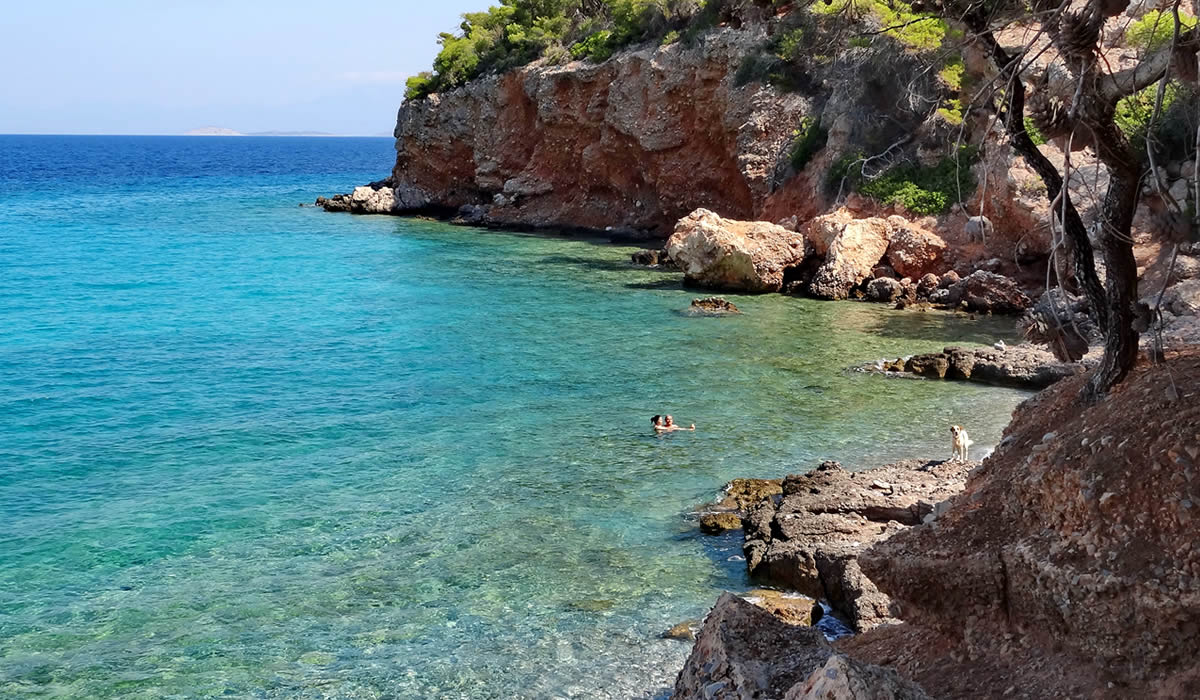
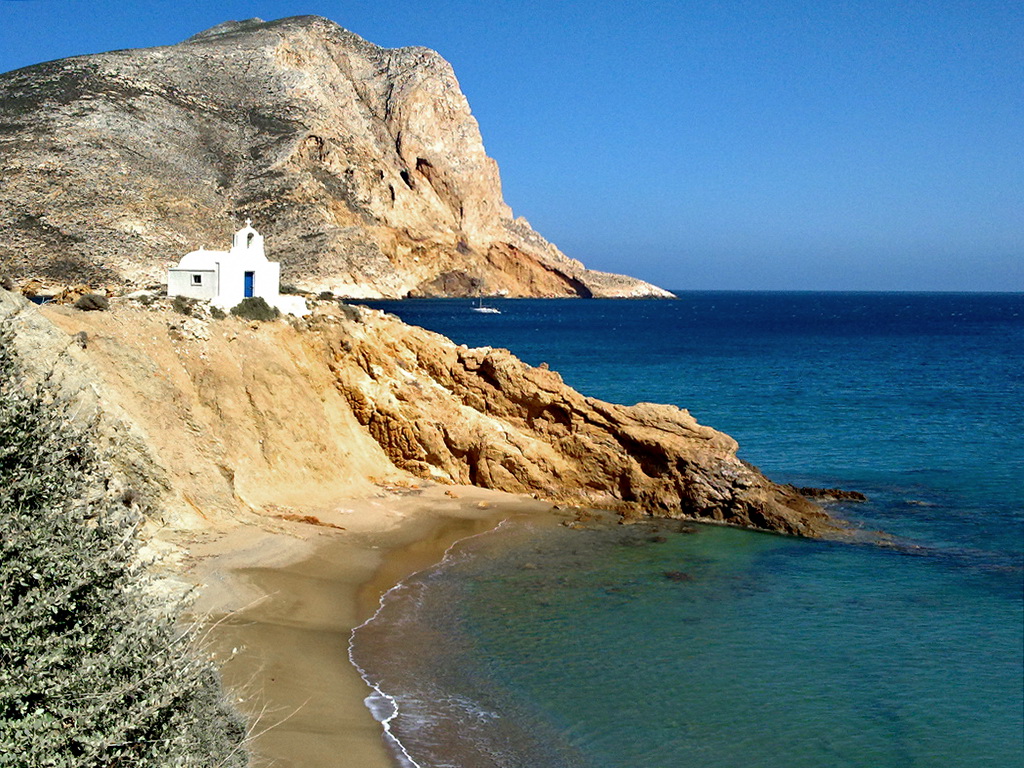
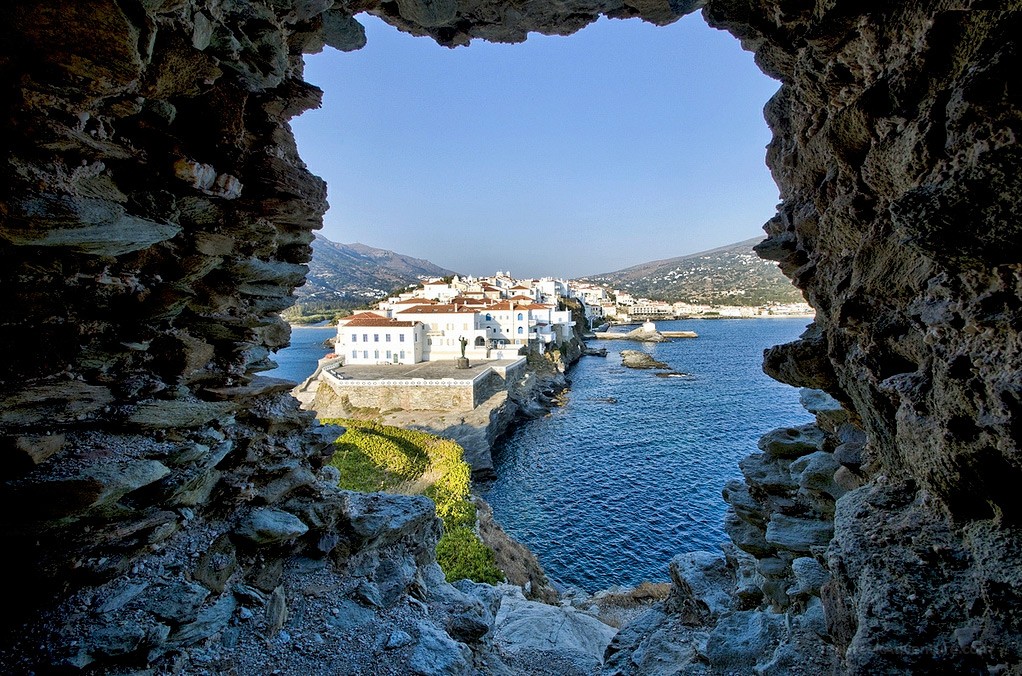
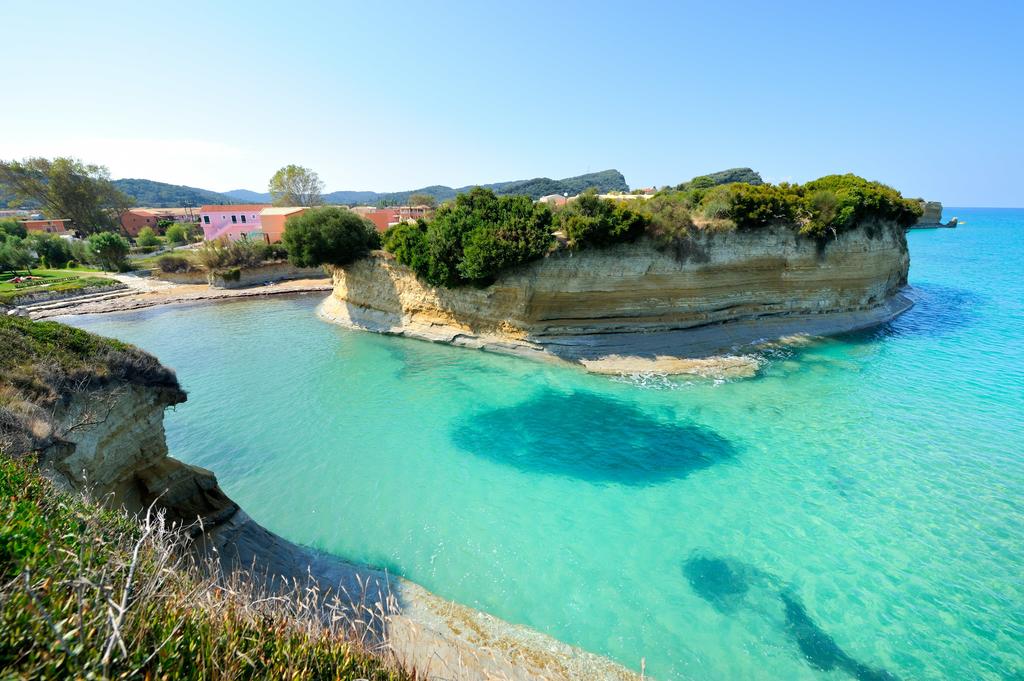
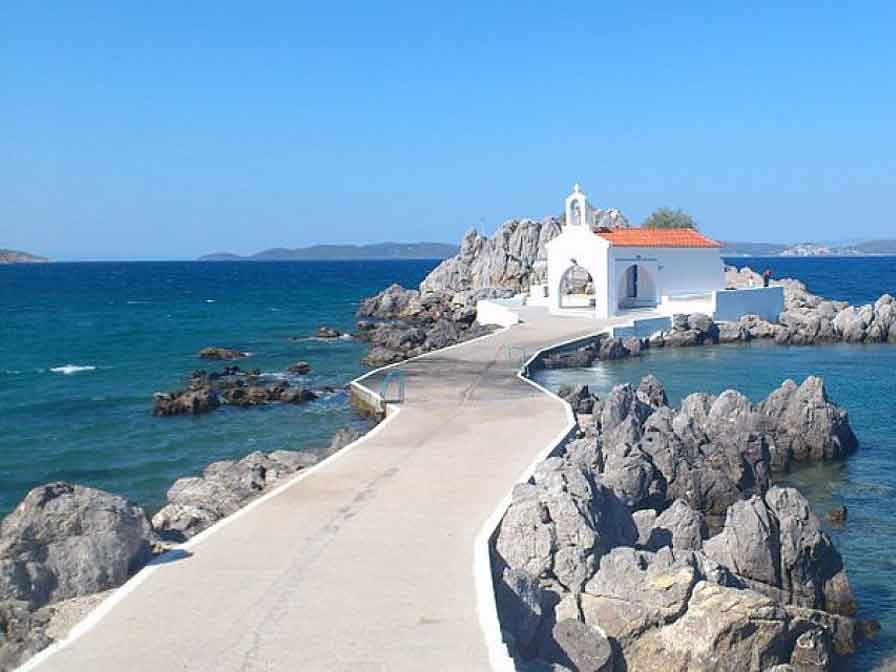
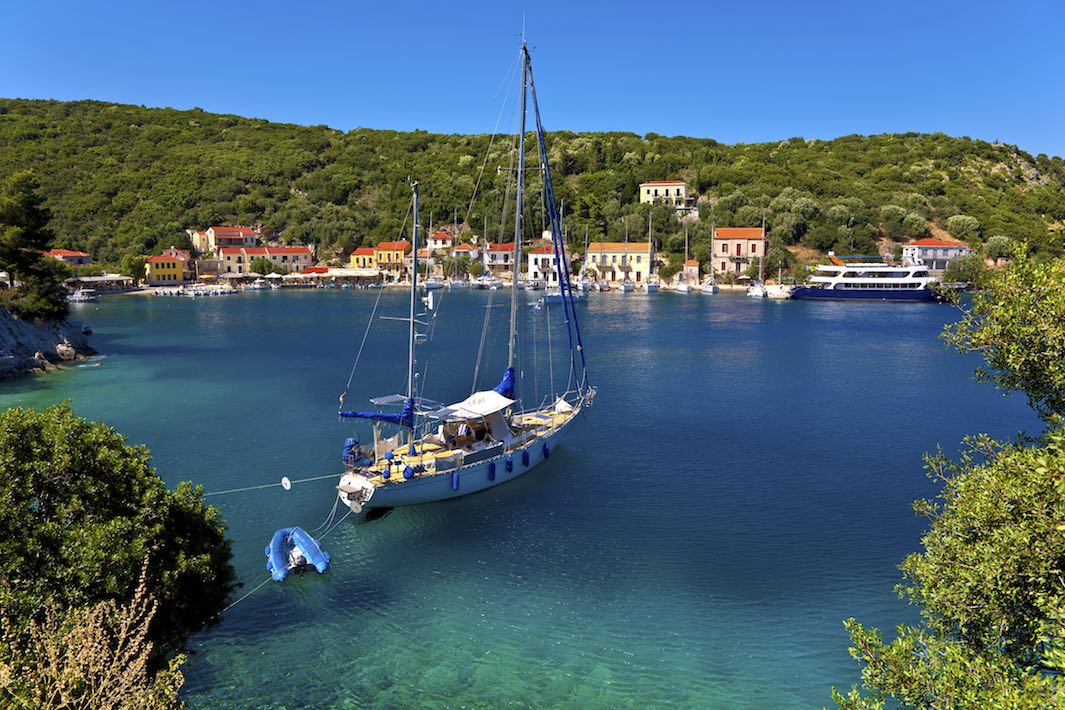
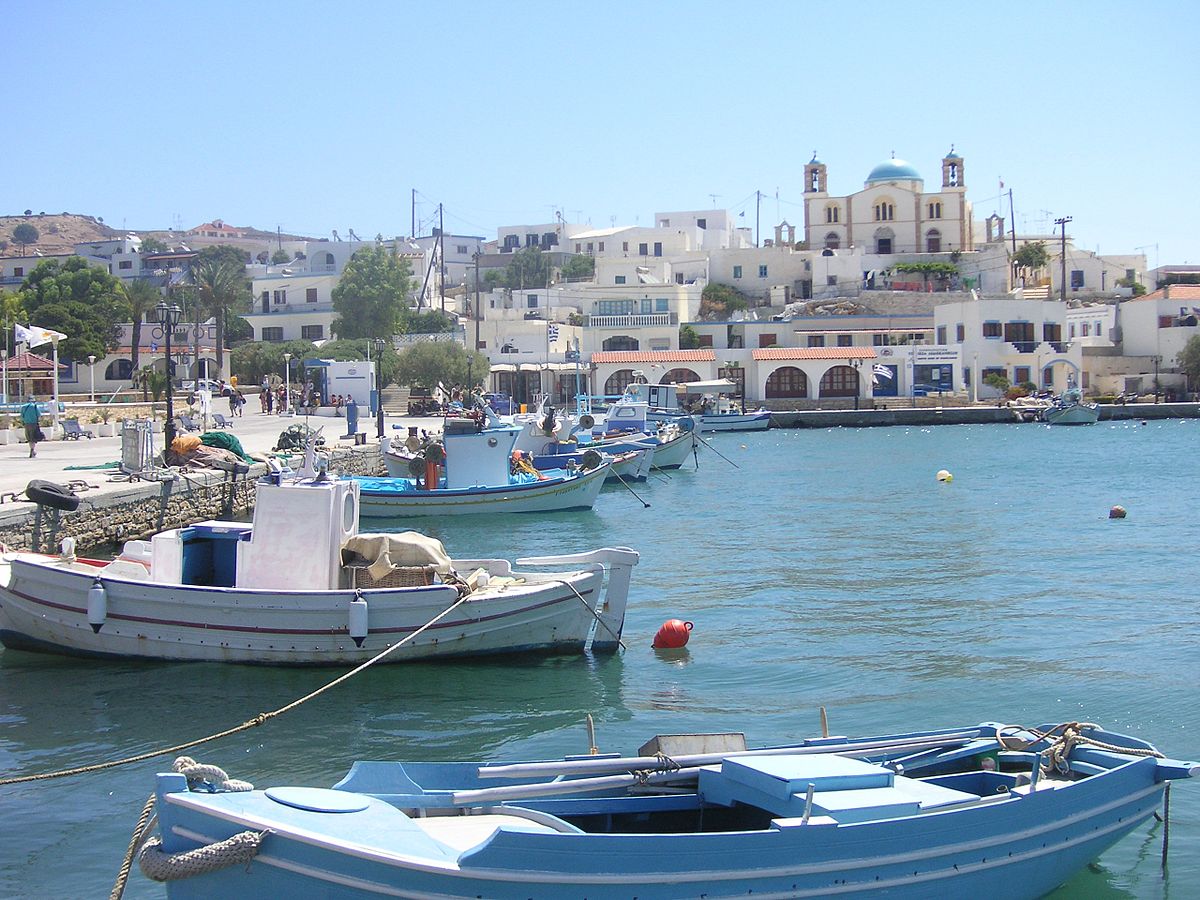
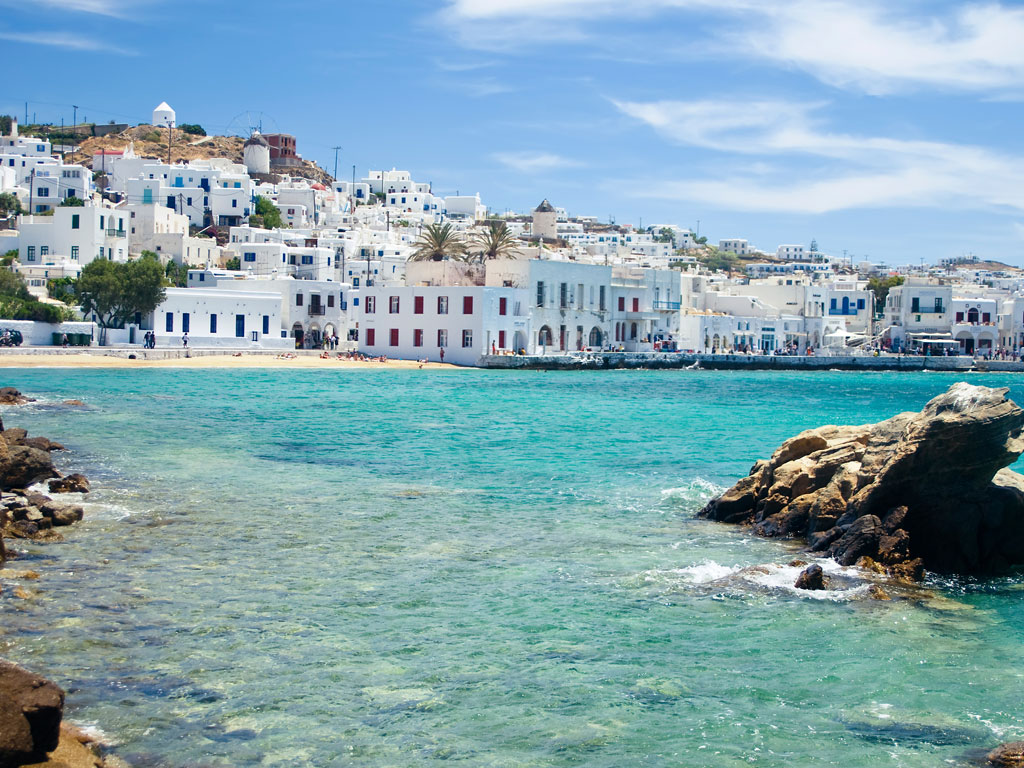
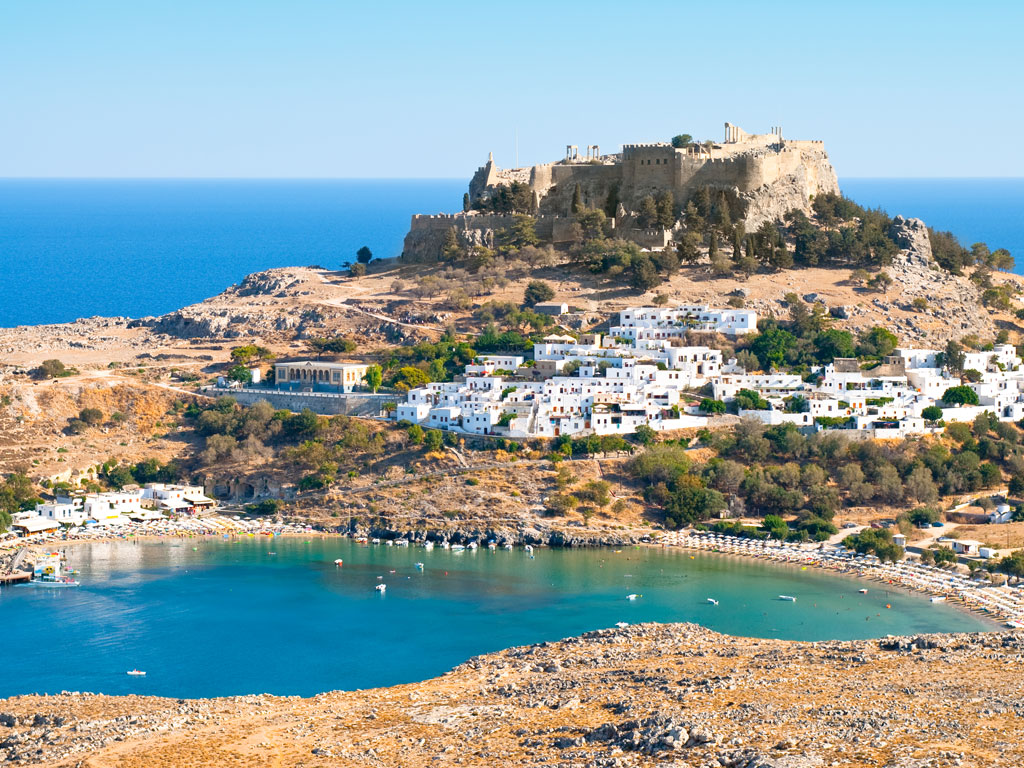
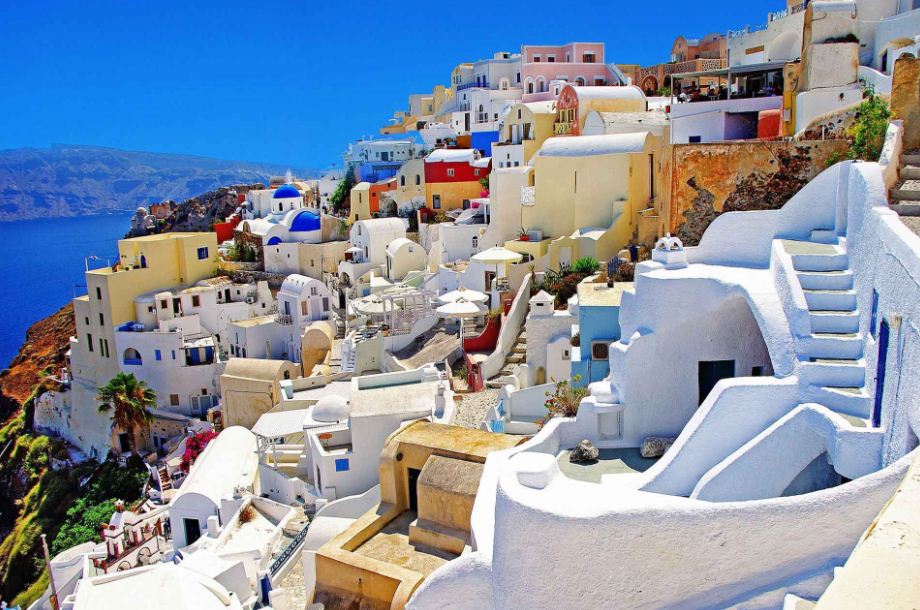
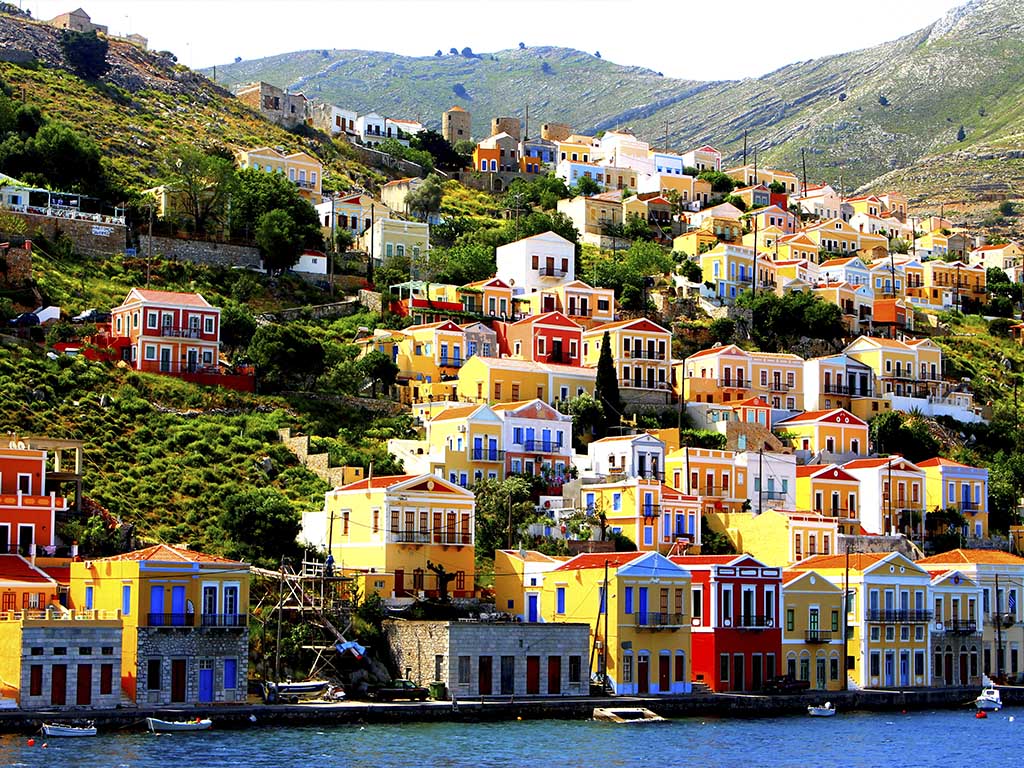
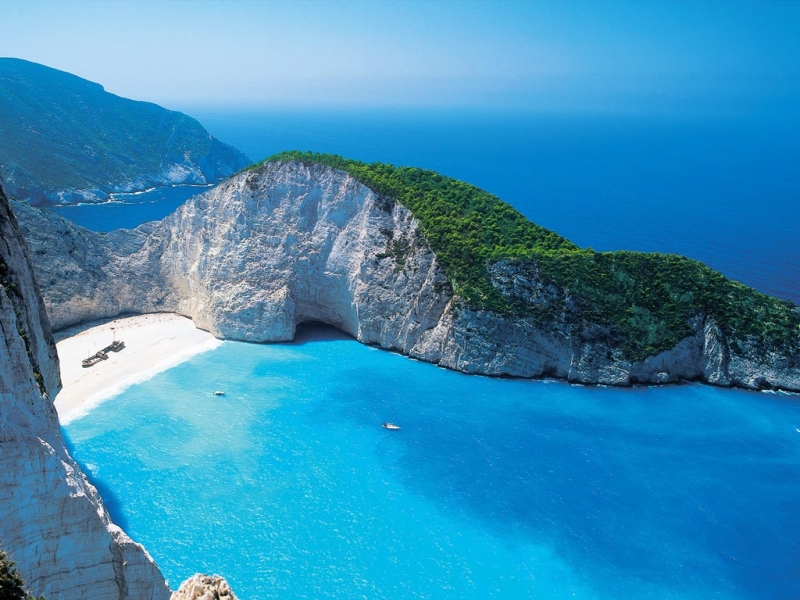
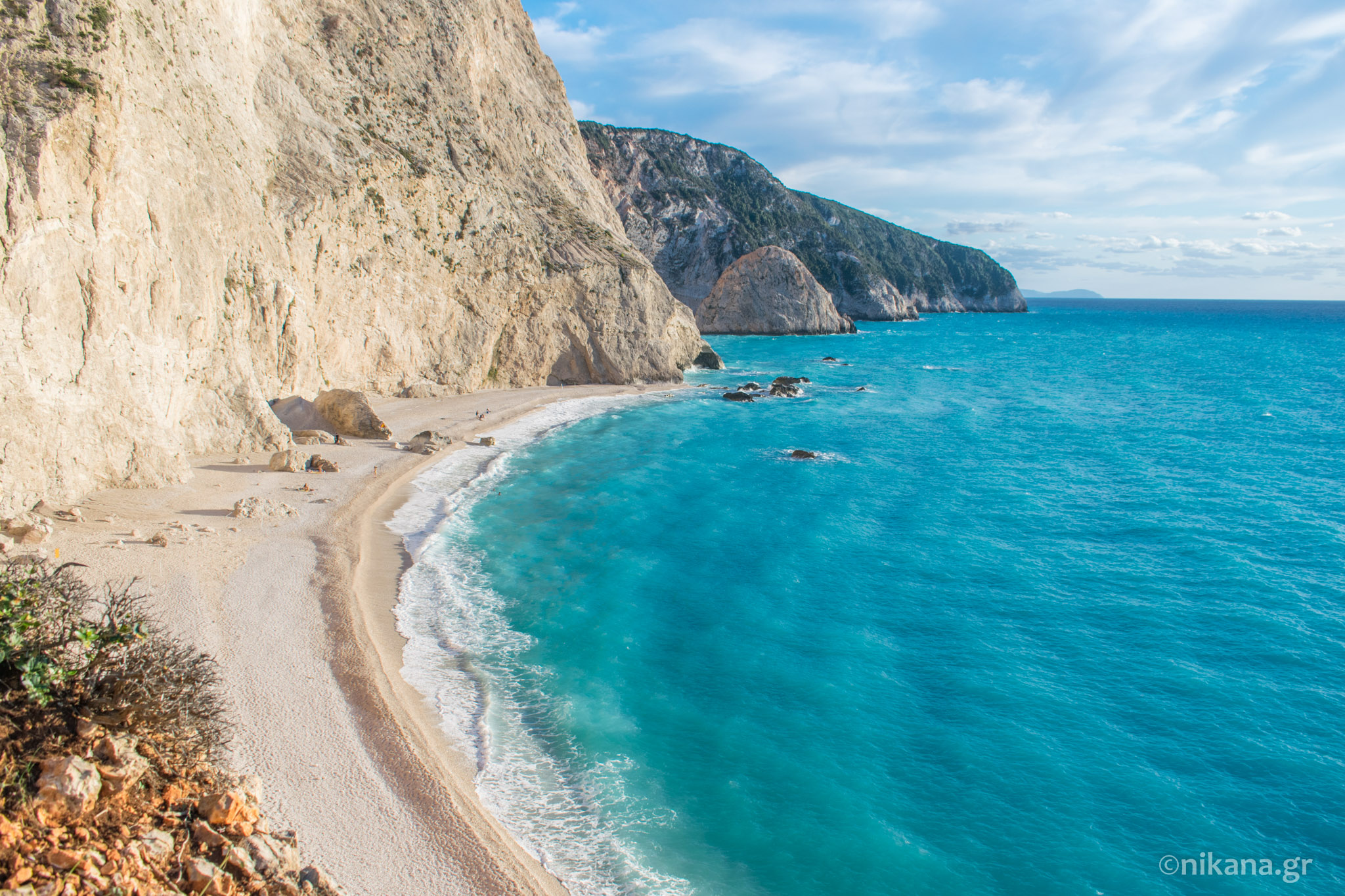
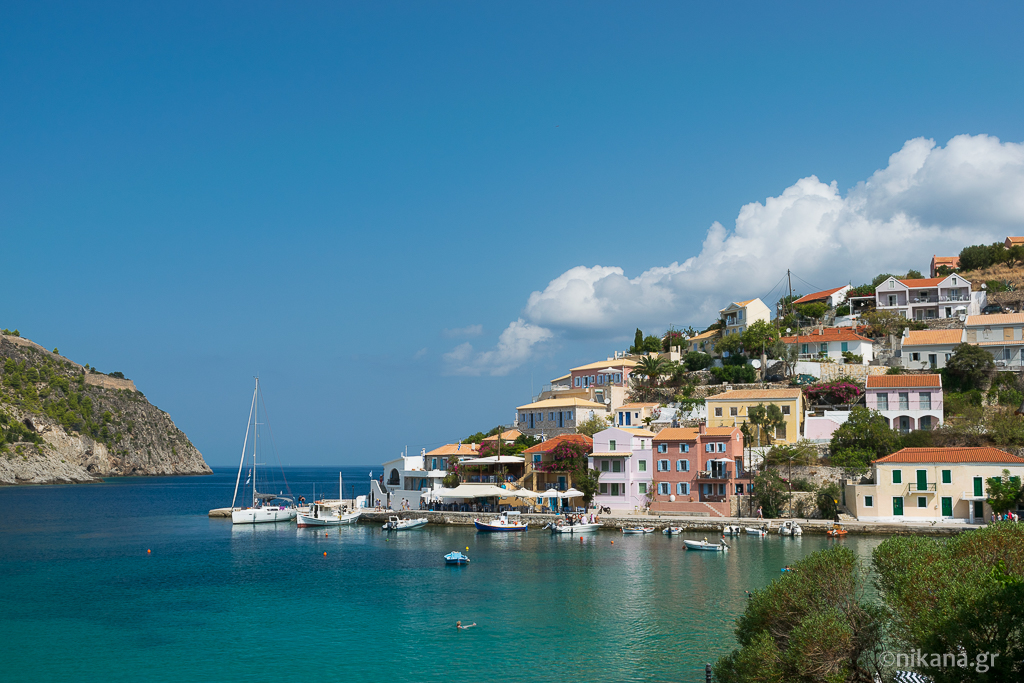



















Biljana nedeljkovic27.04.2025 09:53:32
Da li imate smestaj u hotelu Venus-Evia,?Ili neki drugi smestaj-Evia?I koje su cene za period 25.05./25 -10.06/25.?Kako doci do Evie,koliko traje put?
Ivan Stojkovic09.08.2023 21:27:49
Poštovani, dobro veče . Potreban mi je smještaj na Krfu u Kerkiri ili u mestu GDE mi vivpredložite . Smještaj je potreban od 25.-30.09.2023.godine za sve odrasle osobe. Unapred Vam hvala na odgovoru Veliki pozdrav. Već smo sarađivali i veoma smo zadovoljni Vašim uslugama
Jelka Vracevic30.05.2023 17:14:51
Poštovani Imate li da mi ponudite smestaj na Skijatosu 3 trokrevetna studija I 1 cetvorokrwvetni apart. od 14.07 na 10 noćenja u istom objektu.Sopsrveni prevoz. Dajte mi ponudu o za avionski aranžman. Hvala